I had Massoia Bark sitting in the apothecary for probably a year. First sniff out the bottle was always an overpowering coconut note that I wasn’t in love with. But there’s something in my DNA that doesn’t allow me to give up on much and so I circled around after deciding to give Massoia another go. When I decanted a little and gave it some breathing space in jojoba oil, I smelled butter and milk. The lactone notes, also found in Tuberose and Osmanthus, breath so much potential for incense making and natural perfumery. It blends well Vanilla and Cacao absolutes as well as Balsams and adds a soft, buttery woodiness to blends. It’s an ideal base for sweet woody compositions.
Massoia Bark has a long history of use in Indonesia. The bark is ground and used as a flavoring in dishes such as a curry called gulai and nasi minyak batanghari, a rice dish. Sometimes it is used as a substitute for cinnamon. Javanese and Balinese woman made Borbory, a warming ointments a treatment for inflammation as well as to support blood circulation. In 2016, a research piece in Pub Med found Massoia Bark oil to be potent in combating immunosuppressed related infection as well as supportive for C. Albicans. I found no shortage of published research about Massoia Bark. It’s certainly worth the search.
Suggested use: Blends with Cacao, Sandalwood, Muhuhu, Vanilla, Cedarwood, Benzoin, Tonka Bean and other soft wood notes.

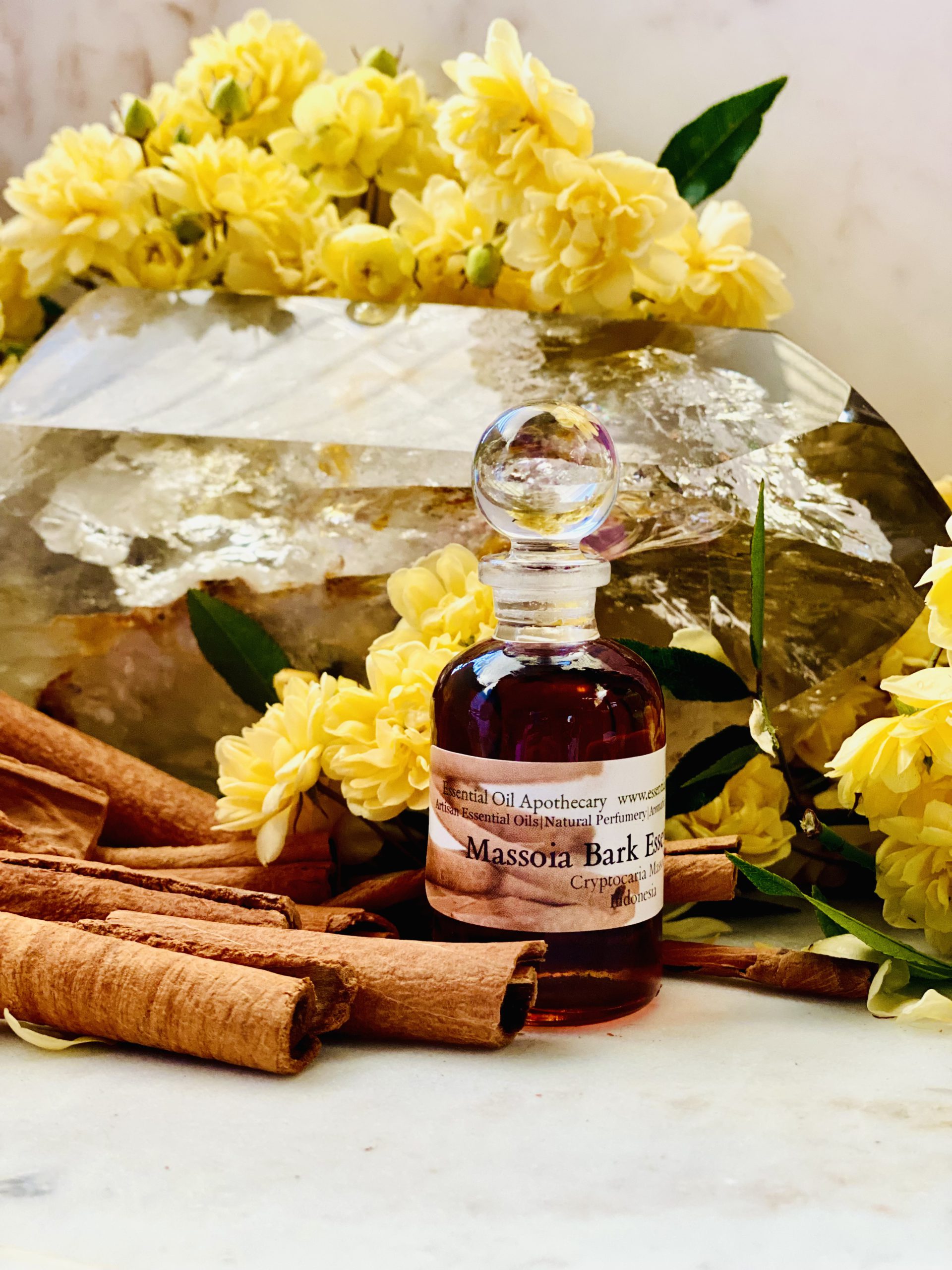
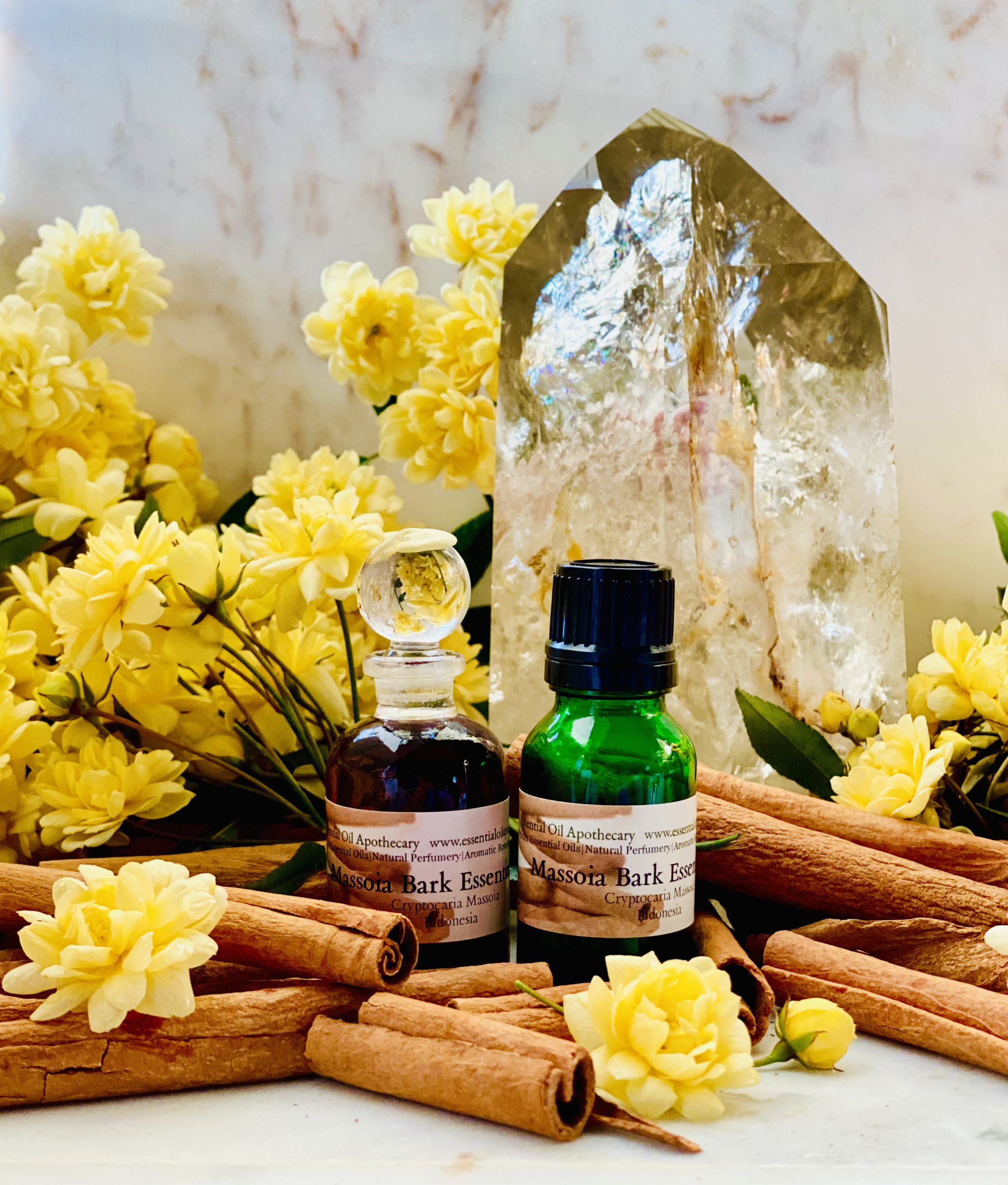

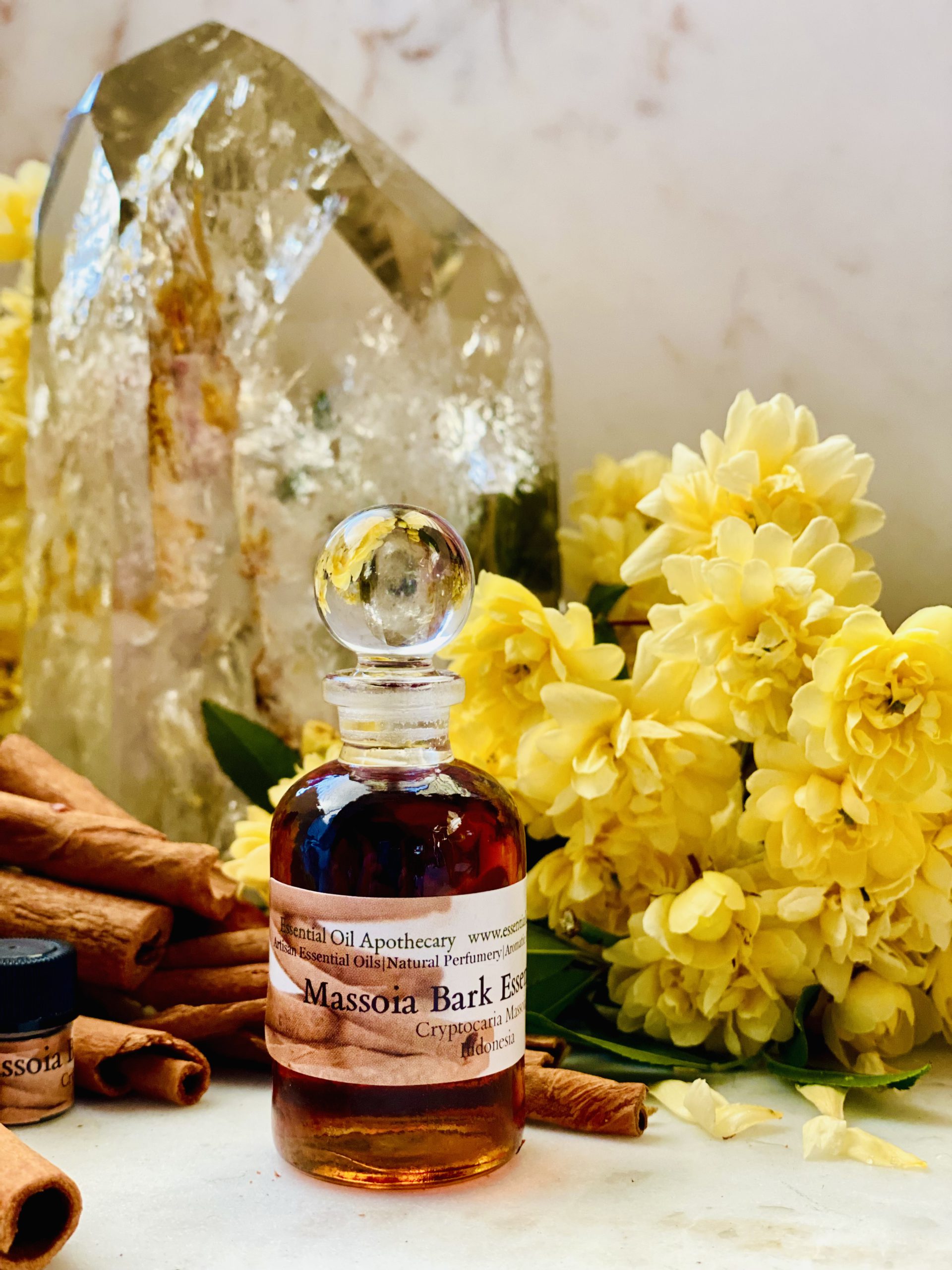
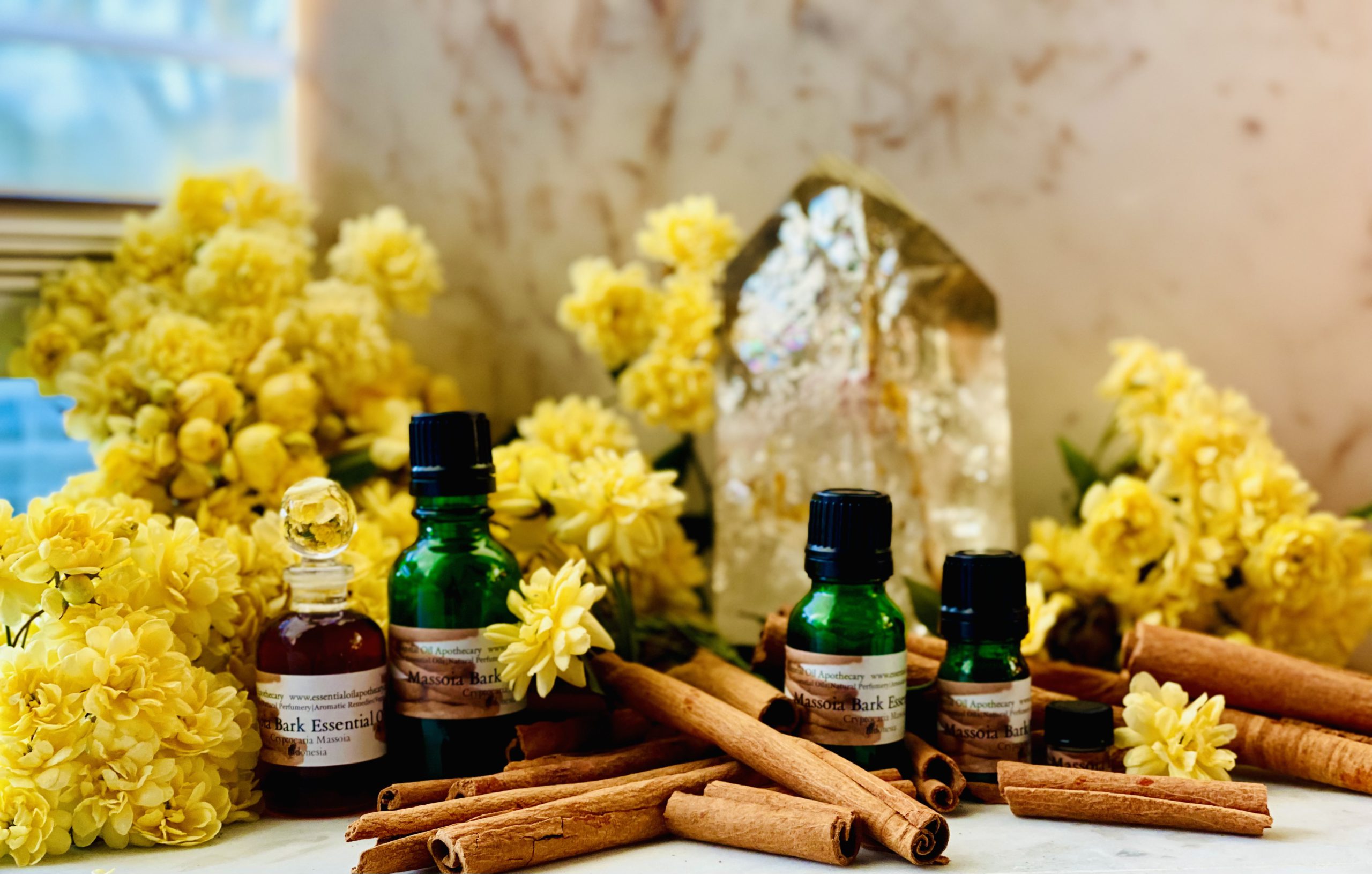
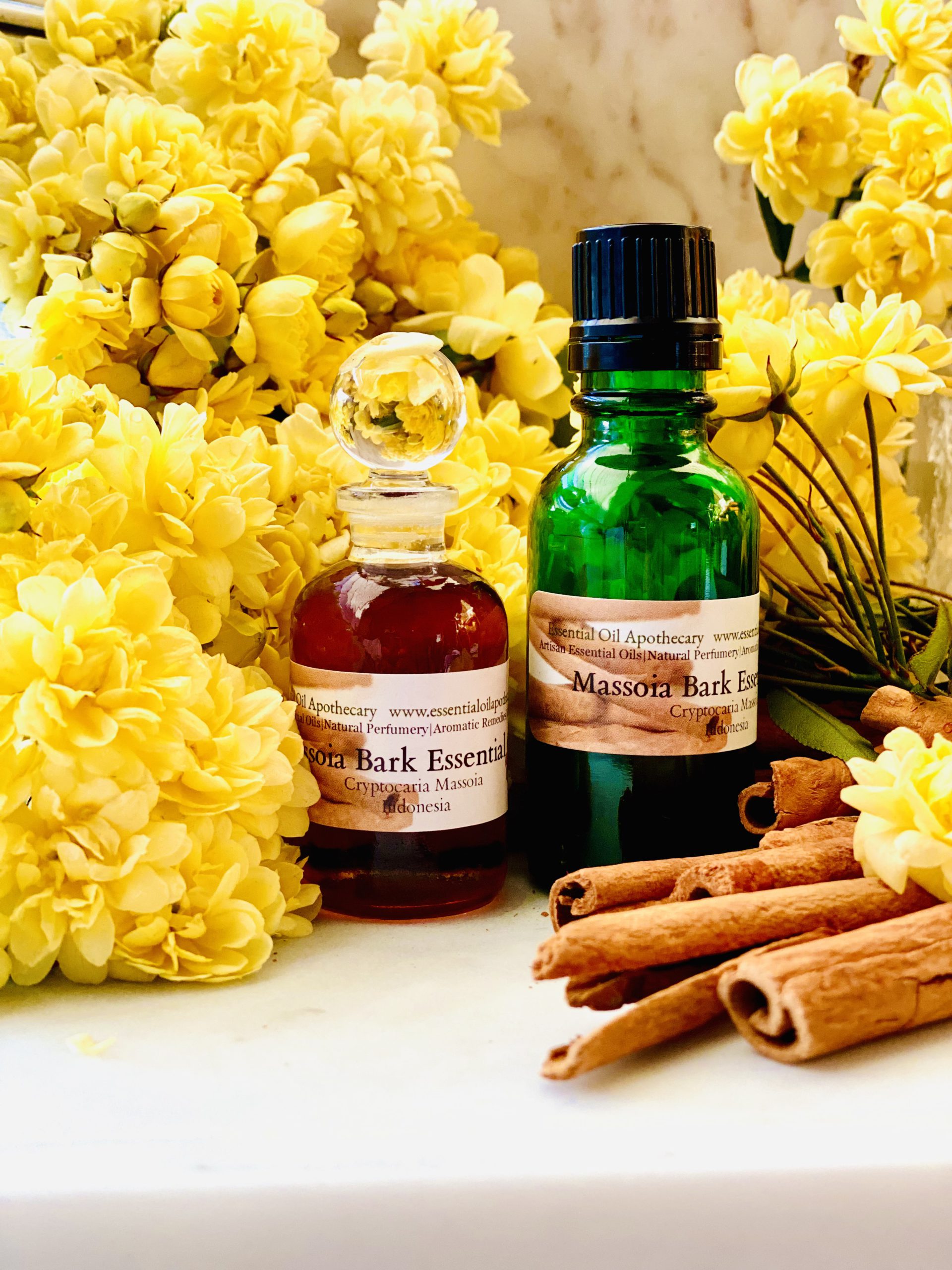
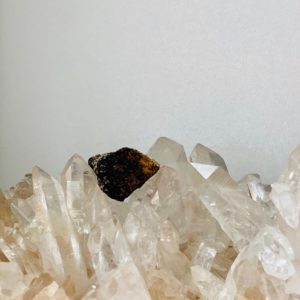
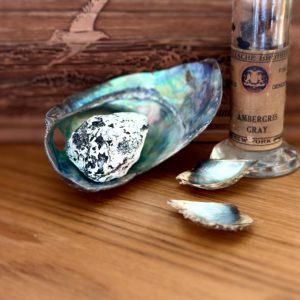
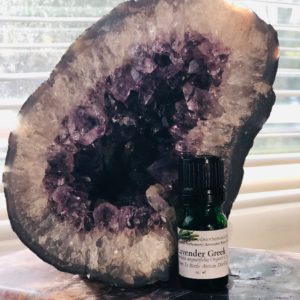
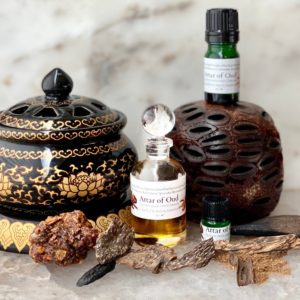
Reviews
There are no reviews yet.